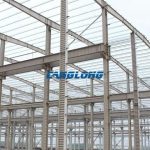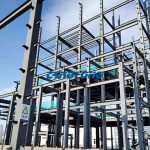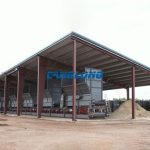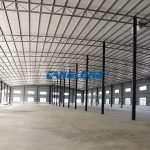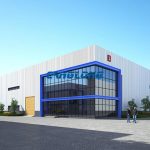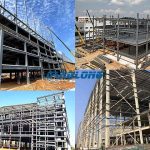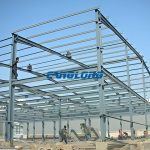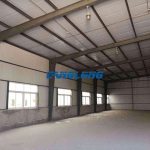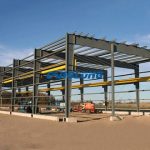Steel structure load and strength design
Steel structures have been widely used in modern buildings, bridges, industrial plants and other fields because of their lightweight, high strength and good earthquake resistance. However, the safety and stability of steel structures are crucial when they are subjected to various loads. Therefore, accurate load analysis and strength design of steel structures are key to ensuring their safe use. This article will conduct an in-depth discussion on the load and strength design of steel structures.
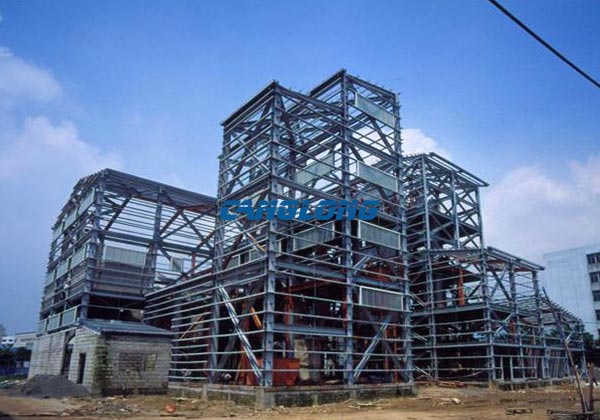
Classification of steel structure loads
The loads that steel structures bear mainly include static loads, dynamic loads, temperature loads and seismic loads.
- Static load: refers to the load that the structure bears under normal use conditions that does not change with time, such as the structure’s own weight, equipment weight, personnel activities, etc. Static load is the most basic consideration in steel structure design.
- Dynamic load: refers to the load that changes with time, such as vibration load, wind load, etc. generated by the operation of vehicles and machines. The effects of dynamic loads on structures are usually evaluated through dynamic analysis.
- Temperature load: Structural deformation and stress caused by temperature changes, especially in large steel structures, the influence of temperature load cannot be ignored.
- Seismic load: Under the action of an earthquake, the structure will be subject to horizontal and vertical acceleration, resulting in complex stresses and deformations. Seismic load is a factor that requires special attention in the design of steel structures.
When performing load analysis, it is necessary to comprehensively consider the action modes and sizes of various loads based on the specific conditions of the structure and the working environment to ensure that the structure can work safely and stably under various working conditions.
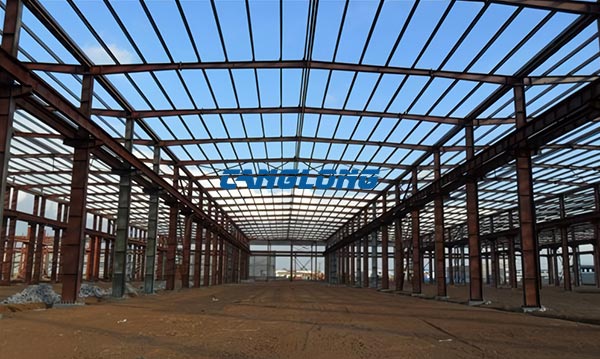
Steel structure strength design
The strength design of steel structure is the key to ensuring that the structure will not be damaged or unstable under various loads. Strength design mainly includes the following aspects:
- Material selection: Select the appropriate steel type and specification according to the use environment and stress characteristics of the structure. The strength and toughness of steel are the basis for strength design.
- Section design: According to the load analysis results, the cross-sectional shape and size of the structure are reasonably designed to meet the requirements of strength and stability. Cross-sectional design requires comprehensive consideration of stress, deformation, stability and other factors.
- Connection design: The connection nodes in steel structures are key parts of structural safety. The connection design needs to ensure that the strength and stiffness of the nodes meet the requirements, while taking into account the construction convenience and economy of the nodes.
- Stability analysis: Stability is an issue that requires special attention in the design of steel structures. The overall stability and local stability of the structure need to be fully considered in the design to avoid instability when the structure is subjected to load.
- Fatigue analysis: For steel structures that bear dynamic loads, fatigue analysis is also required to evaluate the fatigue damage and life of the structure during long-term use.
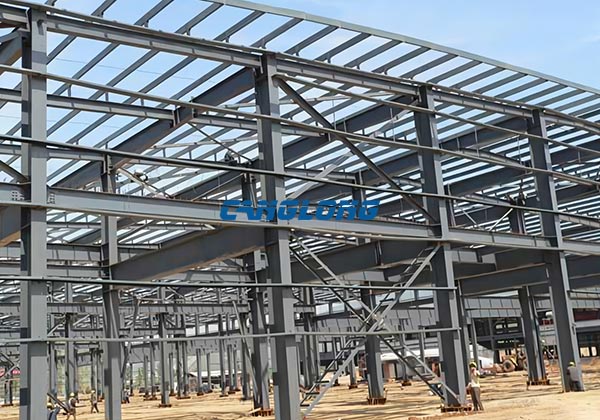
The load and strength design of steel structure is the key to ensuring their safe use. When designing, it is necessary to comprehensively consider the action mode and size of various loads, reasonably design the cross-sectional shape and size of the structure, select appropriate steel types and specifications, and fully consider the stability and fatigue performance of the structure. Only in this way can we ensure that the steel structure can work safely and stably under various working conditions and meet the usage requirements.
